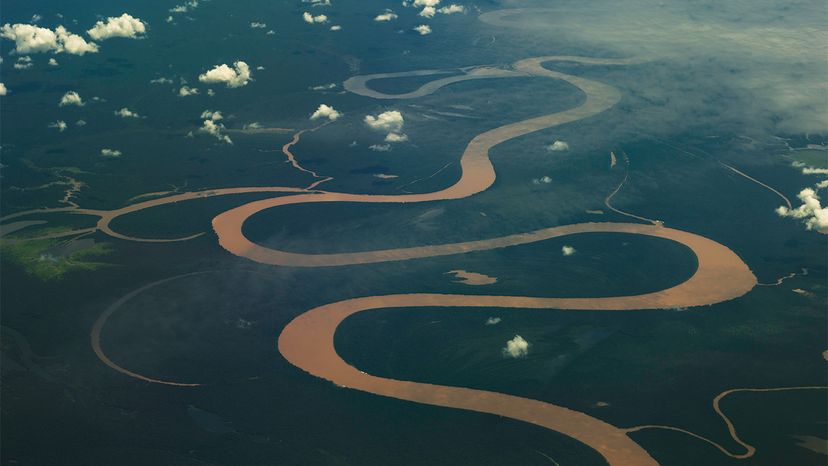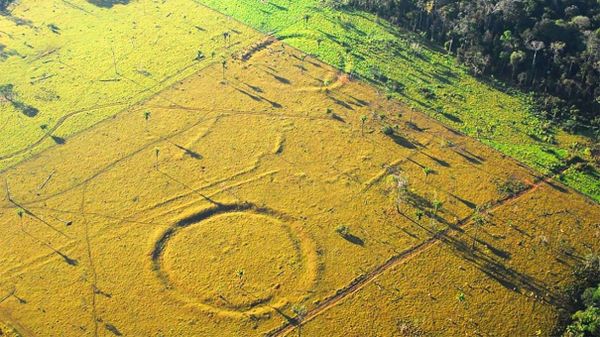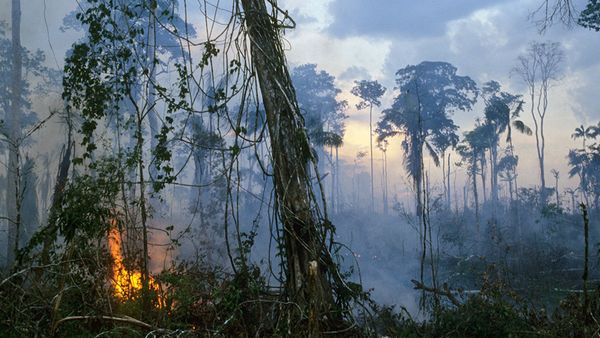It is difficult for governments to know how to protect members of uncontacted tribes. The Man of the Hole was human, after all, and deserved privacy — which is why the government held back the tree-cutting video for seven years until deciding its release would help bring awareness to the efforts to protect his way of life. The Man of the Hole had been monitored by FUNAI for over 20 years — his six companions are thought to have been slaughtered 1995, so his territory has been protected and he has been left entirely alone and monitored from a distance since he shot at and wounded a FUNAI worker in 2005. He received small presents like tools and seeds from his government voyeurs, who sometimes caught a glimpse of him and took short videos like the one released in 2018. (He rarely took the gifts, but who can blame him?) But it's ultimately for his protection that nobody ever tried to make contact with him.
Although mining, farming and logging industries are a dire threat to uncontacted peoples like the Man of the Hole, outside contact from do-gooders also has its dangers. Anthropologists and activists have never quite settled the question of whether it's a good idea to make contact with isolated peoples, even just to vaccinate them against common modern diseases. A single foreign virus could wipe out an entire tribe, and since the 1970s, the Brazilian government's stance has been that, unless a tribe is in real danger of coming up against people who might make them very sick, they should be left alone.
But what does "alone" mean in a time when this planet straining under the burden of over 7.5 billion people?
"The problem is that there are no empty spaces in the Amazon," José Carlos Meirelles, a former FUNAI official told The New York Times. "You fly over it and see all that forest, but down there, it's full of people — drug dealers, illegal loggers and others."
In the meantime, FUNAI estimates as many as 113 uncontacted tribes go about their business in the Brazilian Amazon, although only 27 groups have been confirmed. A few other uncontacted tribes exist in the jungles of Peru, Bolivia, Ecuador and Colombia.



